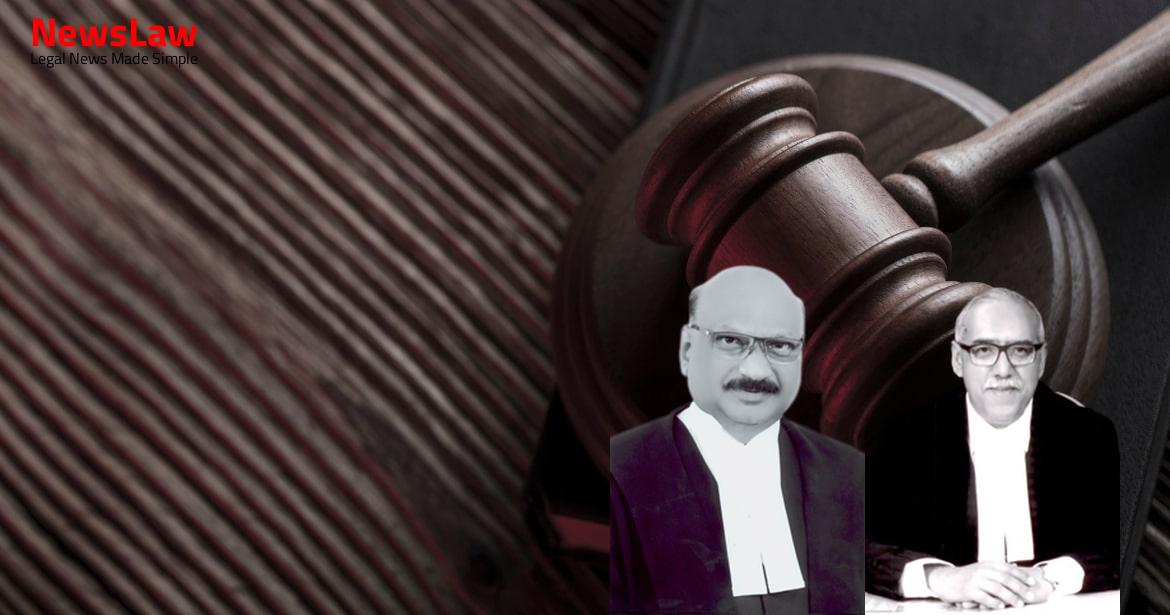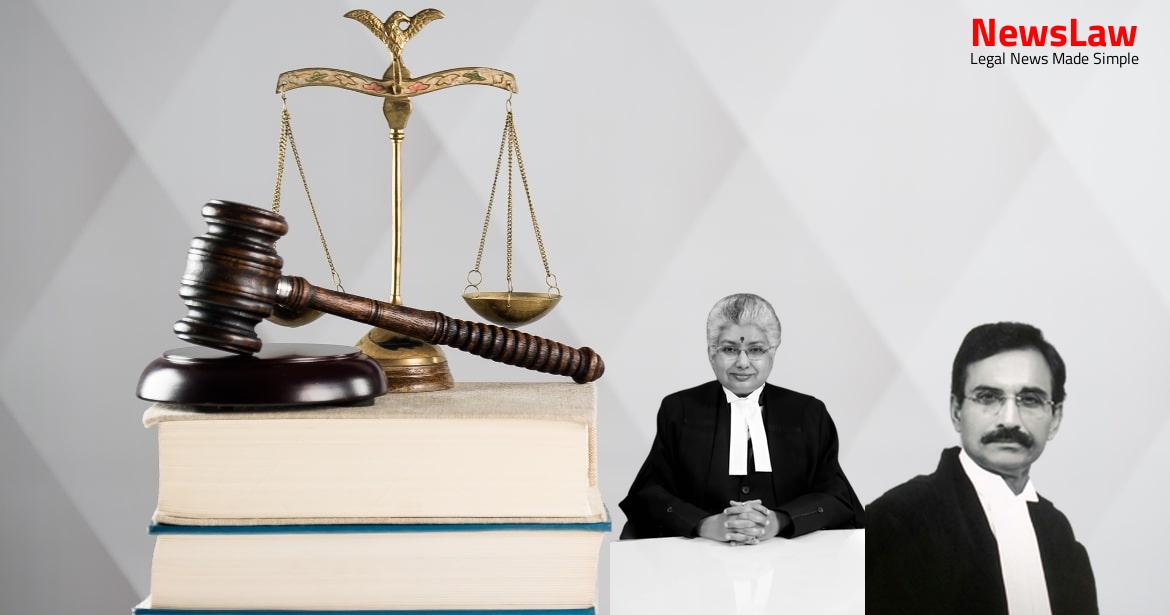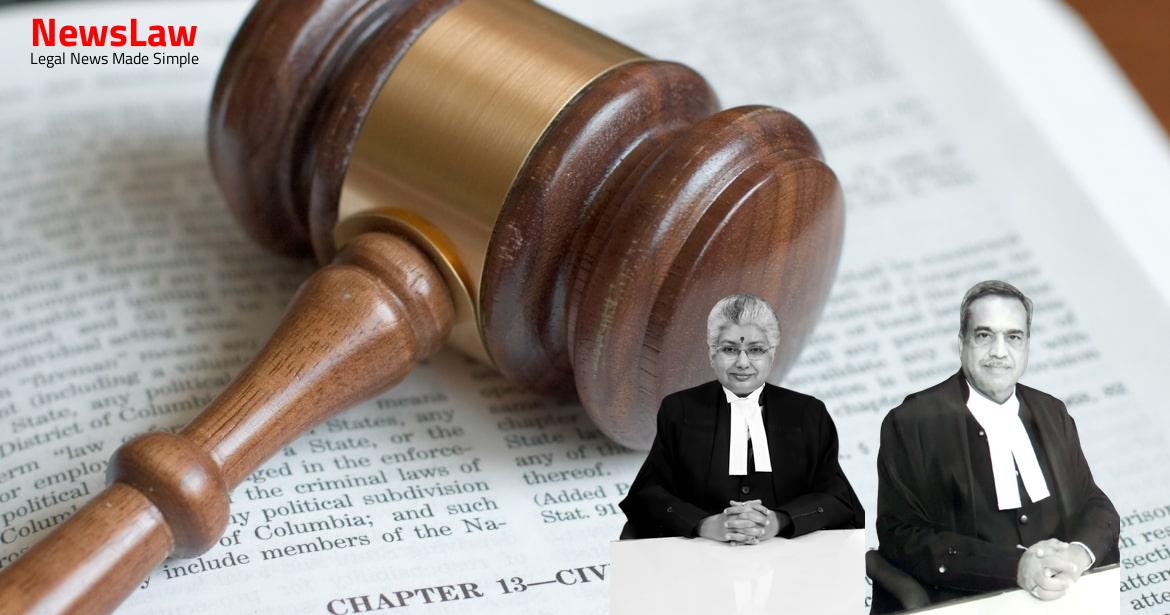On the previous occasion, this court had adjudicated upon the grievance of the multiplex owners, regarding denial of extension of the scheme. For the sake of convenience, the court can do know better than extract para 2 of the judgment in Devi Multiplex(supra) which broadly outlines the incentive scheme, contained in the exemption notification issued by the State on 20.12.1995. Clause 7 categorised tourism units in four categories, namely, Prestigious Tourism Units, Large-scale Tourism Units, Small-scale Tourism Units and Tiny Tourism Units with minimum fixed capital investment of Rs 10 crores, 90 lakhs, 10 lakhs and less than 10 lakhs, respectively.
In Clause 8.1 it was stated that the quantum of incentives would not exceed 100% of eligible capital investment and it further stated the period of eligibility in respect of prestigious tourism units, large-scale tourism units, small-scale tourism units and tiny tourism units to be 10 years, 8 years, 6 years and 5 years, respectively. The eligible units will be made available a tax holiday for the period mentioned against each category of tourism unit as tabulated below: Sr. This Scheme was embodied in Exemption Notification dated 14.02.1997, the relevant portion of which reads as follows: “NOW, THEREFORE, in exercise of the powers conferred by Sub-Section (1) of Section-29 of the Gujarat Entertainments Tax Act, 1977 (Guj.16 of 1977), (hereinafter referred to as “the said Act”) and in supersession of Government Notification, Information, 133 Broadcasting and Tourism Department No.
This amount of eligible capital investment is required to be adjusted against the amount of Tax exemption available under the present scheme/policy. 5O/- 5 recovered by way of entertainment tax is required to be notionally adjusted against the amount of eligible capital investment till the amount of Rs. For the purposes of calculating the amount of tax till the limit of Rs.554.45 Lacs, the Mamlatdar has considered 100% of the gross, collection i.e. The claim in the writ petition inter alia was as follows: “(B) The Hon’ble Court may be pleased to issue a writ of mandamus or any other appropriate writ, order or direction directing the Respondents to consider only the amount of entertainment tax payable notionally by the members of the Petitioner Association to the Respondent State as the capital value for the purpose of setting off the eligible capital investment of the members of the Petitioner Association as contemplated under the scheme contained in the Resolution at Annexure-A hereto;” 9. To illustrate: Payment of admission to entertainment =Rs.200/- less 50% of tax (as per S.3(i)
=Rs.100/- Total chargeable amount = Rs.100/- Hence, If the payment for admission to entertainment is less 50% of tax is deducted, the net chargeable amount comes to Rs.100/- (which, in the present case, is not collected by virtue of the provisions of the Act, tourism policy 1995- 2000, and notification).” …..
When the rate of tax is 50%, it has got to be notionally added to the basic net ticket rate of Rs.100/
Also Read: https://newslaw.in/case-type/civil/courts-jurisdiction-in-re-appraising-arbitrators-findings/
and it is that net ticket rate of Rs.100/- which would be benefit availed of and would be liable to be adjusted in terms of the notifications and Government resolutions.” The finding of the High Court in this regard pertinently are as follows: “Clause 8 of the Scheme declares that “tax holiday of 5 to 1 O years” will.be’ 7 available in respect of various taxes including “exemption from entertainment upto 100% of capital investment. The assessable value for determination of the tax liability is the payment received, irrespective of the break up of this amount, charged for admission to entertainment and tax payable thereon. In the tickets issued, payment of admission is shown as admission to entertainment, tax is shown as”O”, service charges shown as “0” and total amount recoverable by and payable to the proprietor is Rs.100/, Tax liability has to be, therefore, calculated on this amount i.e. In view of the above discussion, we are of the view that the respondent-State is not justified in considering the entire amount of the value of the ticket as the capital value for the purpose of setting off the eligible capital investment of the members of the petitioner Association. We are also of the view that the members who are entitled to the benefit of the Scheme are entitled to claim only the amount of capital investment made by them within the stipulated time limit i.e. Bagaria, learned Senior Advocate for the State of Gujarat argued that a conjoint reading of Sections 3 and 29 of the Gujarat Entertainment Tax Act, 1977 clarifies that eligible units were granted exemption from payment of tax and that owners were required to charge only amounts towards payment for admission to entertainment which meant that no tax was actually collected.
The only feasible method therefore was to notionally determine (only for the purpose of grant of exemption) by considering whether the 100% exemption limit was achieved by a particular multiplex, the amount which could have been collected during the relevant period having regard to the aggregate actual collection during the entire period. The latter could be subject to the first i.e., in the event, the amount reached the exemption limit were achieved, before the expiry of the period in question (5-10 years), no further exemption could be claimed.
The Constitution Bench, in that case, held that: “The law is well settled that a person who claims exemption or concession has to establish that he is entitled to that exemption or concession. Therefore, the present case is not one of ambiguity, but instead, one of a clear gap, which if not construed appropriately, would defeat the intention of the notification. Dominion of India the court elaborated upon the idea and intent of “adjective law” in dealing with Section 80 of the Civil Procedure Code: “12.
As already stated, the Court has held that notice under this Section should be held to be sufficient if it substantially fulfils its object of informing the parties concerned of the nature of the suit to be filed. The doctrine of substantial compliance is a judicial invention, equitable in nature, designed to avoid hardship in cases where a party does all that can reasonably be expected of it, but failed or faulted in some minor or inconsequent aspects which cannot be described as the “essence” or the “substance” of the requirements. Substantial compliance means “actual compliance in respect to the substance essential to every reasonable objective of the statute” and the Court should determine whether the statute has been followed sufficiently so as to carry out the intent of the statute and accomplish the reasonable objectives for which it was passed.
The test for determining the applicability of the substantial compliance doctrine has been the subject of a myriad of cases and quite often, the critical question to be examined is whether the requirements relate to the “substance” or “essence” of the statute, if so, strict adherence to those requirements is a precondition to give effect to that doctrine.
Also Read: https://newslaw.in/case-type/civil/contrary-directions-in-issuance-of-letter-of-intent/
A reasonable method of calculating benefit of tax exemption, for the purpose of considering (whether the 100% limit equivalent to capital expenditure) was reached or not is to notionally determine the tax amounts payable during the relevant period, when the multiplexes enjoyed tax exemption. No costs.
Case Title: THE STATE OF GUJARAT Vs. MULTIPLEX ASSN. OF GUJARAT THROUGH ITS PRESIDENT (2023 INSC 717)
Case Number: C.A. No.-013977-013977 / 2015



